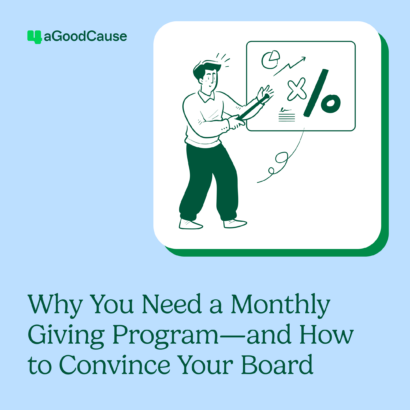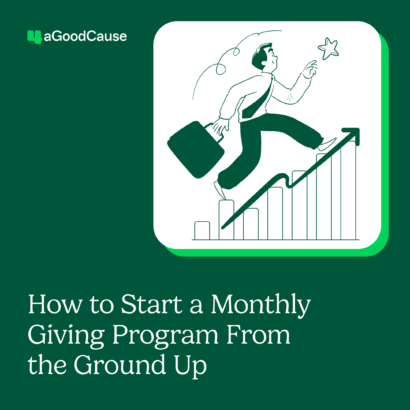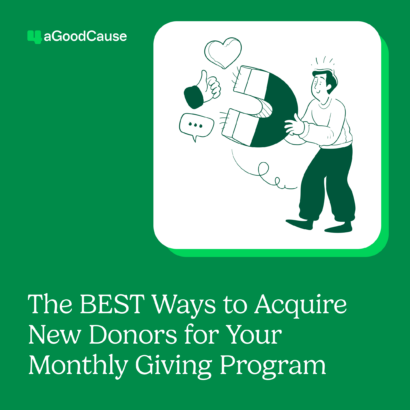E-mail newsletters are a great and easy option for staying in touch with donors, updating them on your nonprofit’s work and keeping them involved. According to the Salesforce blog, 82 percent of consumers open emails from companies – opening the door for donations, increased website traffic, social media followers communication with your donors and volunteers.
Here are some tips to ensure your e-newsletters are not just opened, but also encourage your readers to take the next steps:
1. Focus on your audience
How many e-mails do you receive each day? I’m assuming your answer is similar to mine – a LOT. Your e-mail should focus on your readers and give them an incentive to open your newsletter. Tell your readers clearly in the subject line what to expect from your newsletter and encourage them to read on. At the heart of building loyalty with your donors is showing how they have made a difference. Use this principle as a guide when creating the contents of your e-newsletters to keep them involved.
2. Keep it short and sweet
E-mail subject lines should be under 50 characters. To put that into perspective, that last sentence was 51 characters. It’s hard to narrow down your subject line, so begin with your ideal subject line message and cut it down from there. In addition, the content of your e-newsletter should also be short, as readers prefer to browse and click on links that intrigue them. Content should be concise and scannable with articles placed in easy-to-navigate chunks.
3. Include plenty of links to your site
As a follow up from the last point, your message should be short, sweet and to the point, but you should include multiple links back to different pages of your website so your viewers still have plenty of opportunities to get information and interact with you. Every newsletter should have a general lineup of links that are repeated such as your homepage, about page and donation page.
4. Repetition is key
Send your e-newsletter regularly – preferably monthly – to keep viewers from forgetting about your company and possibly marking your newsletter as spam. Sending your newsletter out regularly keeps you in the top of your donor and volunteers’ minds.
5. E-mails need to be mobile-friendly too
I’ve written several posts about the importance of creating a website that is responsive to all sources and mobile-friendly, but the same goes for your e-newsletters. The numbers of e-mails being received on mobile devices is growing, and you need to accommodate those reader’s needs in your e-newsletters. Many of the same rules above apply for making your e-newsletters mobile-friendly: content should be concise and informative, calls to action and links should be easy to click and your layout should be simple and easy to navigate.
6. Analyze the data
You should be measuring the effectiveness of your e-mail campaigns to make sure they are reaching the right audience with interesting information. Test the effectiveness of different subject lines and content of your e-mails with A/B testing. A/B testing allows you to test how responsive your audience is to different elements of your e-newsletter. The ultimate goal is to find what is right for both your nonprofit and your viewers.
E-newsletters are an effective and informative method of communicating with your donors and volunteers. Donors appreciate the effort your organization is making to stay connected and let them know how their support has made a difference. If you’ve set up a newsletter for your nonprofit, that’s a great start.



